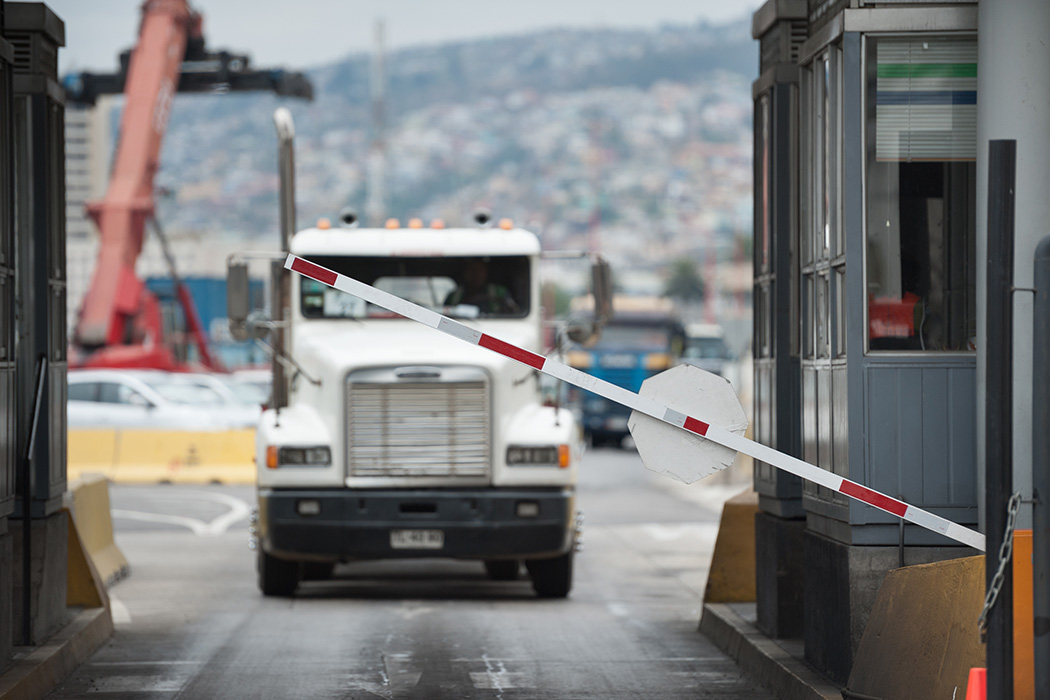
Importing into the United States from Mexico presents many opportunities—from cost-effective production to taking advantage of trade agreement benefits. By staying informed about recent data, understanding the advantages, and ensuring compliance with regulations, you can set the stage for successful importing. Create your own seamless cross-border shipping processes with careful planning and adherence to customs clearance procedures.
Whether you're an experienced importer or new to international trade, these insights can help you navigate importing goods into the United States from Mexico with confidence and efficiency.
Understand the logistics landscape
Embarking on a cross-border expedition between Mexico and the United States requires a deep understanding of the logistical intricacies involved, including:
- Carrier expertise: Any carrier you work with should have a proven history in cross-border shipping. Seasoned carriers bring the experience needed to adeptly tackle potential challenges.
- Route optimization: When opting for routes that ensure timely deliveries, you must also consider variables like road conditions and efficiency of border-crossing points. A well-optimized route minimizes unexpected disruptions.
Prepare for a hassle-free journey
Before your goods embark on their journey across the border, thorough preparation is crucial.
Have a bond in place
Bonds are required to import goods into the United States as a form of financial guarantee. They ensure importers will fulfill their obligations—like paying customs duties, taxes, and adhering to regulations.
If obligations aren't met, U.S. Customs and Border Protection (CBP) can claim compensation from the bond. This safeguards the government's revenue and ensures compliance with trade laws, protecting both the economy and consumers.
Gather appropriate paperwork
Ensure you have all necessary documents in order. This can include invoices, bills of lading, packing lists, permits, and licenses. Double-check for accuracy and completeness to avoid delays during customs clearance.
Classify your goods
Familiarize yourself with the Harmonized Tariff System (HTS) codes and properly classify your goods. Accurate classification ensures the correct assessment of duties and taxes, minimizing any potential complications—or unnecessary fees. Be sure to consider that the HTS may differ between Mexico and the United States.
Maintain regulatory compliance
Some items may require special approvals or meet specific standards before entering the United States, including complying with partner government agencies (PGAs). These government agencies work alongside CBP to regulate commodities entering the United States. Examples of PGAs include Animal and Plant Health Inspection Service (APHIS) and the Federal Drug Administration (FDA).
In addition, all shipments moving out of Mexico require a Mexican legal entity to function as exporter. An official export entry needs to be filed. Be sure your selling counterpart has all the requirements to export from Mexico.
Secure the right expertise
Importing from Mexico may be lucrative for your company, but navigating the complexities of international trade requires expertise. Get comprehensive guidance on importing goods into the United States from Mexico from our experienced team. From understanding customs regulations to optimizing your supply chain, we provide tailored solutions to streamline your importing process.
Stay informed
Developments in customs and trade continue to evolve—stay informed to be prepared:
- Connect with our trade policy experts
- View our Trade & Tariff Insights
- Subscribe to our Client Advisories



